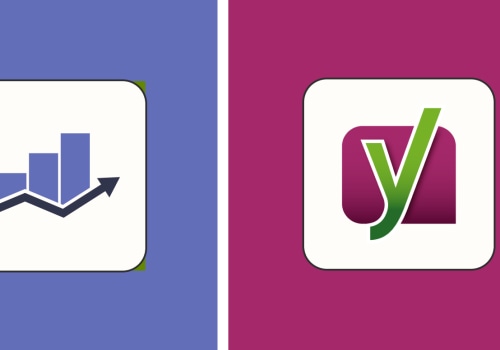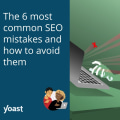Search engine optimization (SEO) is an essential part of any digital marketing strategy. It helps you to increase your website's visibility in search engine results pages (SERPs) and drive more organic traffic to your site. There are many different types of SEO, each with its own set of techniques and strategies. In this article, we'll explain 12 different types of SEO and how they are important for planning your organic search strategy to rank higher in organic search listings among your competitors. On-page SEO is the most common strategy companies focus on for their sites.
In a nutshell, on-page SEO refers to the changes you make to your site that have a positive impact on its performance. This can include body text, keywords, headings, meta titles, meta descriptions, images, and more. Incorporating on-page SEO into your marketing efforts is useful for search engines to understand the content of your site. And once Google understands your website, it can reward you by showing it for search queries it deems relevant. Some of the most common on-page SEO optimizations are keyword optimization and URL structure optimization.
When users search, they use keywords to generate a list of relevant search results. When users are on your page, you want to help them remember your page. A custom URL structure will help you optimize your site and make it easier for your potential customers to remember you. Off-page SEO refers to everything you do off-site for better results and appear higher in Google's SERPs. It includes working on external ranking factors, such as creating links from trusted sites on the same domain as you, successful social media marketing, getting customers to give you a positive review on various online forums, and so on. Technical SEO is largely to help Google bots successfully crawl, interpret and index all pages on your site for future use.
Creating a complete XML sitemap, making your site mobile friendly, adding structured data to help web crawlers classify and rank your pages based on the type of content they contain are just some of the techniques used. Local SEO is a variation of SEO that focuses on a specific area, rather than a national focus. It's about increasing your online presence in your community and promoting your products or services to local customers. Some ways you can improve your local SEO include writing custom local landing pages, optimizing your local profiles, spamming Google Maps, creating local links, and much more. Post-COVID-19 digital marketing is going to increase considerably in importance and the winners will be the ones who can drive the most traffic to their sites and SEO will be more important. Do you have keywords that rank on page 2 that need to be promoted on the first page of the SERPs? Adding internal links pointing to these pages could help you achieve this. To take advantage of internal links, you must first find opportunities to increase page 2 positions.
This is an external ranking factor that can help your site work better. Technical SEO involves optimizing the backend of your site to work properly and improving the ranking of your site. These are elements that are in the backend of your site. You can have an attractive site, but it won't matter if the technical aspects of your site aren't optimized. One of the biggest technical aspects of SEO is page speed.
When users visit your page, they don't want to wait forever for it to load. If you want to see the best results with your page, you need to make sure it loads quickly. At WebFX, our team of 200+ experts can help you optimize the speed of your page to make your site work better. Check out our page speed services and call us at 888-601-5359 to find out how you can do it. Another important technical factor of SEO is mobile device compatibility. With the increase in mobile searches, it's important that you adapt to the mobile user.
You want to offer your audience the best experience on your site. These are just two of the most important technical aspects of SEO that can help improve rankings and drive more organic traffic to your website.











